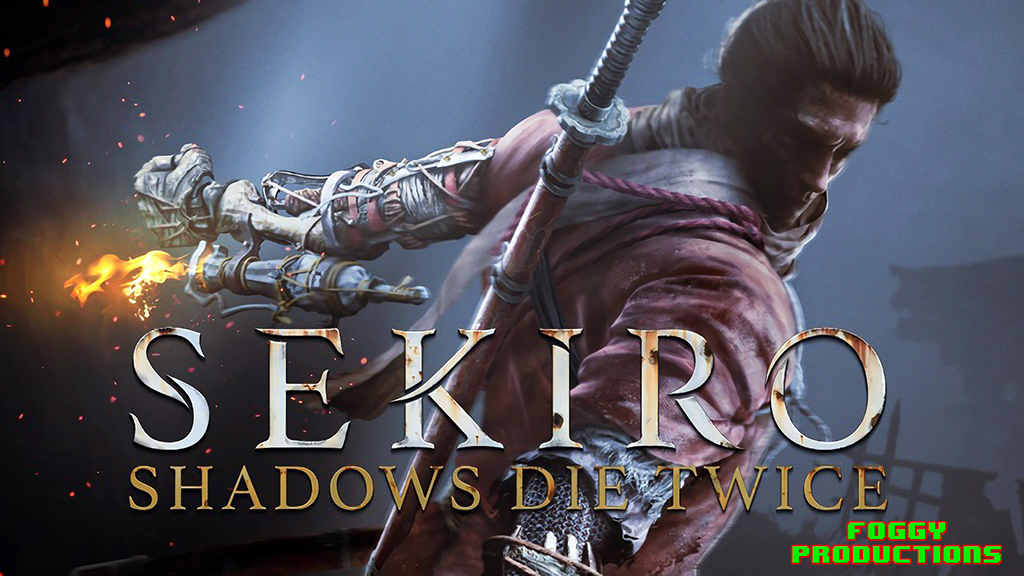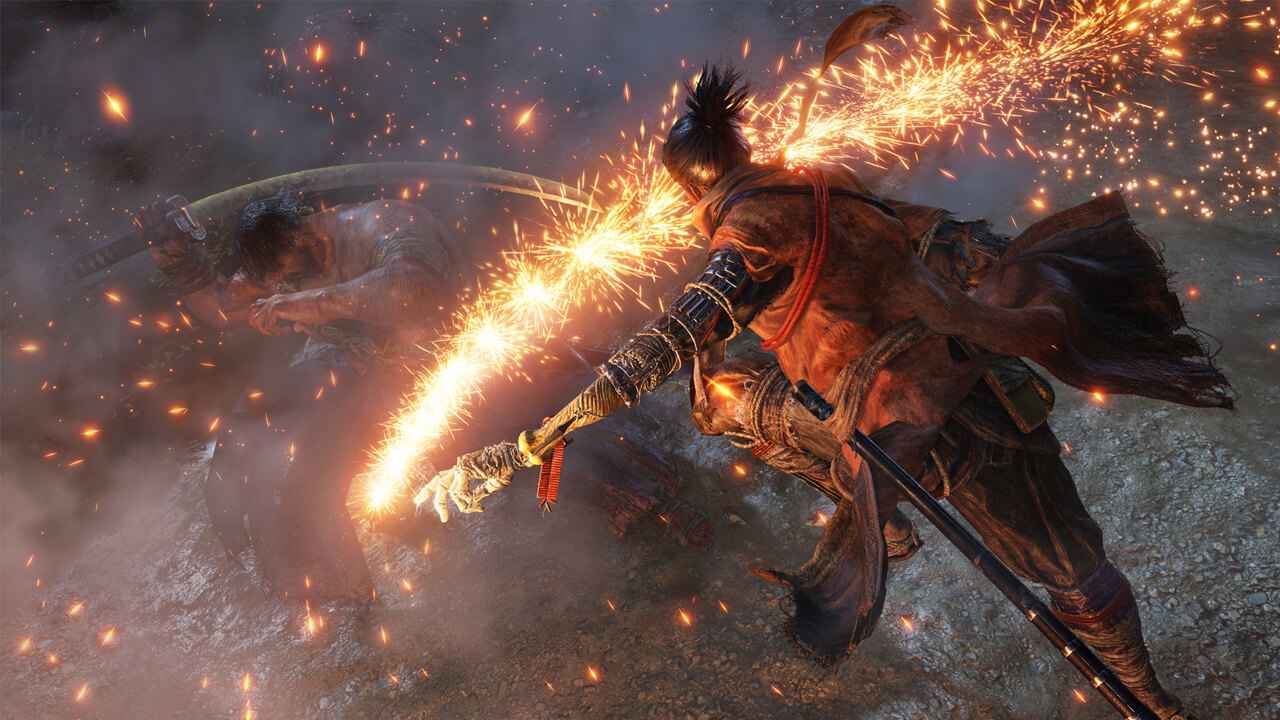

And if you absolutely want that pristine 60fps, then the next thing you can do is knock the SSAO down to Medium. Add these two tweaks together and that frame rate in the low 40s is suddenly in the mid-50s.

Sekiro's Antialiasing Application option is another frame rate hogger, and switching this off (it's only ever either 'On' or 'Off') gave me on average another five frames or so to play with. However, I was also able to obtain this latter set of figures simply by turning the Shadow Quality down to Low, which goes to show just how much it's affecting the frame rate. Using a 4GB Nvidia GeForce GTX 1050 Ti, this ran at roughly 40-45fps on Max settings at 1920x1080, with High pushing that up to around 48-52fps. Indeed, while a lot of the individual settings in its Advanced Graphics Option menu seemed to have very little impact on overall performance, Shadow quality is definitely one of the big hitters when it comes to clawing back some additional speed. Max quality High quality Medium quality Low qualityĪs you go from Max down to Low, you'll notice the game gets a lot brighter, with lighting effects getting toned down or switched off altogether - and it's here where you'll find the key to taming Sekiro's frame rate. Here's what that looks like in practice (click to expand). Instead, the main difference lies in the game's lighting. In truth, there isn't a huge amount of variation between them in terms of overall visual quality - or at least not that I can really see.

Sekiro has four main graphics settings: Low, Medium, High and Max.
#SEKIRO SAVE FILE LOCATION PC HOW TO#
Video memory: 4GB Sekiro: Shadows Die Twice: How to get the best settings on PC Graphics: Nvidia GeForce 970 / AMD Radeon RX 570 Processor: Intel Core i5-2500K / AMD Ryzen 5 1400 Graphics: Nvidia GeForce 760 / AMD Radeon HD 7950 Processor: Intel Core i3-2100 / AMD FX-6300 As you can see, they're pretty undemanding in terms of overall graphics power, and you don't need a particularly powerful CPU to go with it, either. Sekiro: Shadows Die Twice: PC requirementsīefore we get to that, though, let's remind ourselves of Sekiro's PC requirements, which you'll find listed below. From my own testing, even a 6GB Nvidia GeForce GTX 1060 can run Sekiro at 60fps on Max settings at both 1920x10x1440, so anything above a GTX 1060 should have no issue at all when it comes to performance.įor those with graphics cards below the GTX 1060, however, there are a couple of handy tricks you can employ to hoist the frame rate back up towards 60fps without necessarily compromising the game's overall image quality. The good news is that Sekiro runs like a true ninja on PC, offering up buttery smooth frame rates on even the most entry-level GPUs out of today's best graphics cards.


 0 kommentar(er)
0 kommentar(er)
